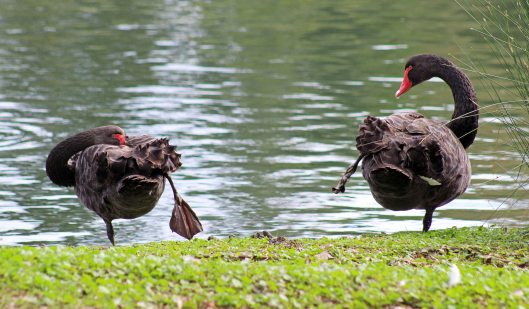Tags
Dr Mary Gillham, Hoiho, Mary Gillham Archive Project, New Zealand birds, New Zealand Forest & Bird, Yellow-eyed penguin
A snippet from my volunteer work on the ‘Dedicated Naturalist’ Project, helping to decipher and digitise, record and publicise the life’s work of naturalist extraordinaire, Dr Mary Gillham.
Today’s lunchtime reading was my newly arrived issue of the New Zealand Forest & Bird magazine. (I am a long-time supporter of this conservation charity; you can read more about them on their website.) Reading the depressing news that the Hoiho, the Yellow-eyed penguin, is on the verge of extinction reminded me that Mary had enjoyed many sightings of these noisy little birds (Hoiho means ‘noise shouter’ in Maori, a reference to the birds’ trumpet-like territorial call). Here’s an entry from one of Mary’s New Zealand diaries:
Monday 14 January 1957
A very strenuous but enjoyable day today starting with sunshine and finishing with rain. Ella and I set off after breakfast on the Peninsula bus to Portobello again, setting off from there on foot … to Little Papanui Bay …
Weary though I was and in spite of time and thirst, I had to delay lunch when I spotted a yearling yellow-eyed penguin silhouetted against the skyline on a steep grassy knoll. I stalked it successfully for a close up photo (in colour, hoping to show the large pink feet and bill) but the next one I stalked from the landward side scuttled back into the sea and was away at startling speed. … I returned to Ella to dry out and eat lunch and we sat and watched penguins (only a few) on beach and water. Was delighted to see a penguin walking up the beach unsuspecting (or not?) bowled over by a wave approaching from behind, turn a complete backward somersault and be swept several dozen yards up the beach before regaining its feet.
After lunch we explored up penguin gully where the birds were nesting in a steep-sided rift filled with a strip of evergreen native bush which made a dark splash down the adjacent slopes of English pasture grasses. I spotted something and slithered down thro’ a patch of the ferocious native nettle to find a large fluffy chick standing as high as the yearling (the yellow-eyed is one of the larger penguins) and much wider due to the copious grey fluff. The flippers and white breast were feathered. After photography, in spite of the gloom, I hauled myself up the other side, hailed Ella and we proceeded on up the gully to slither down at intervals to observe more where the patches of guano guided us.

Mary Gillham’s drawings of adult and young Hoiho
For the full story about the Mary Gillham Archive Project, check out our website, and follow our progress on Facebook and on Twitter.

























You must be logged in to post a comment.